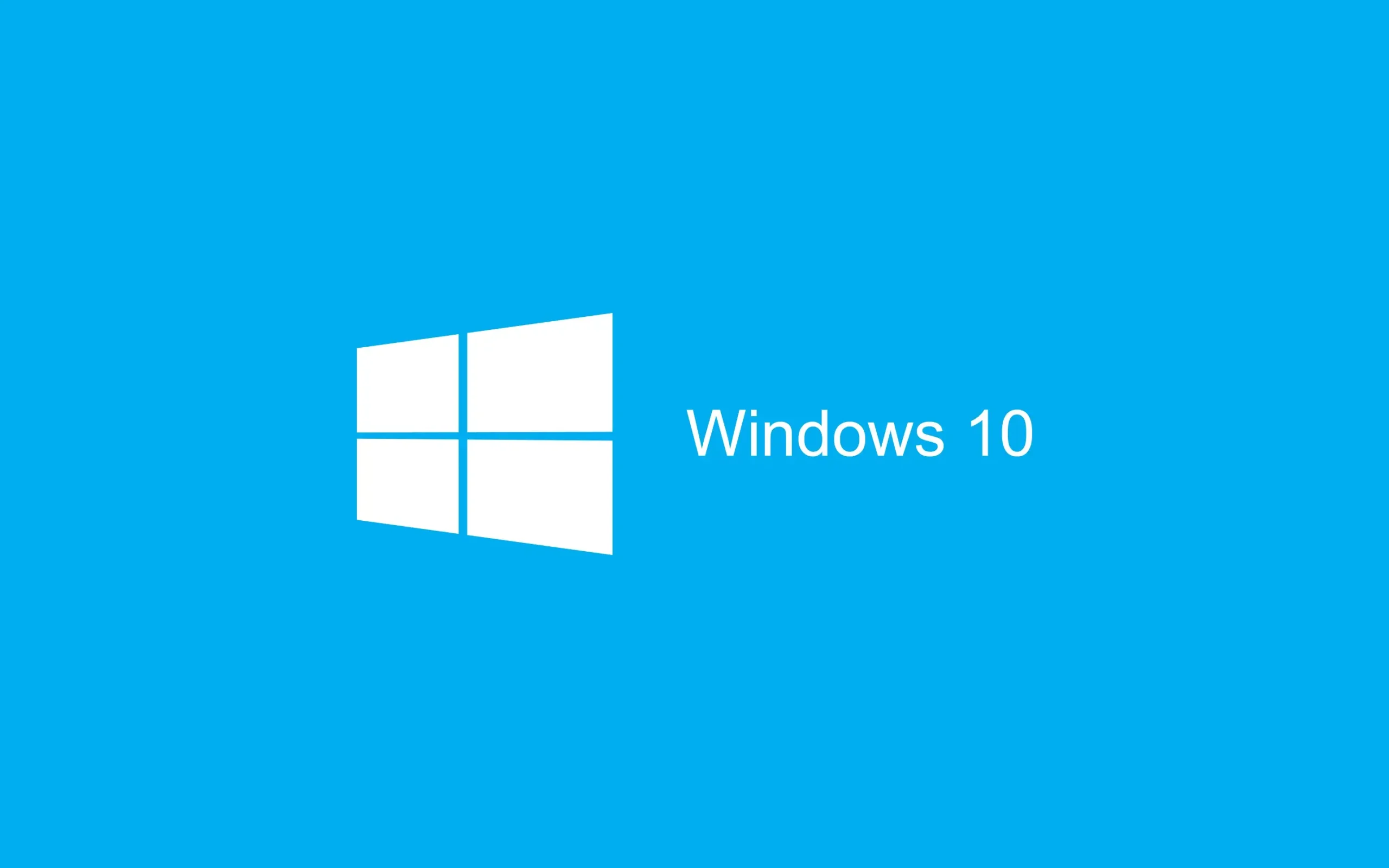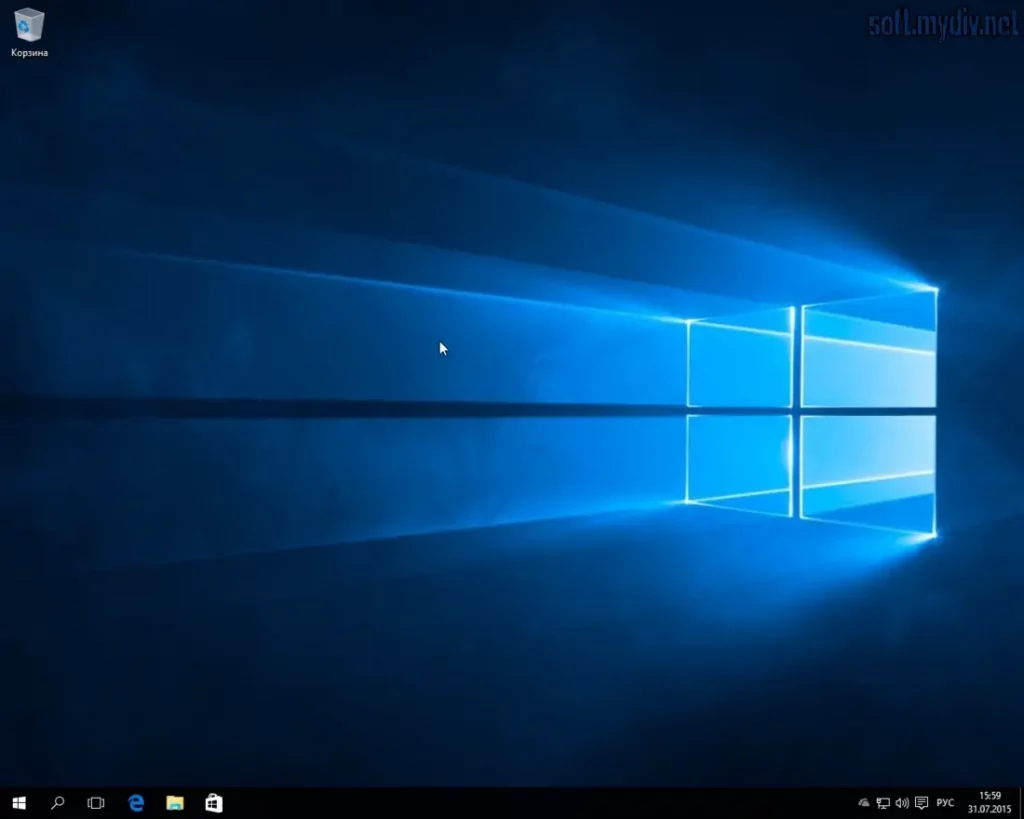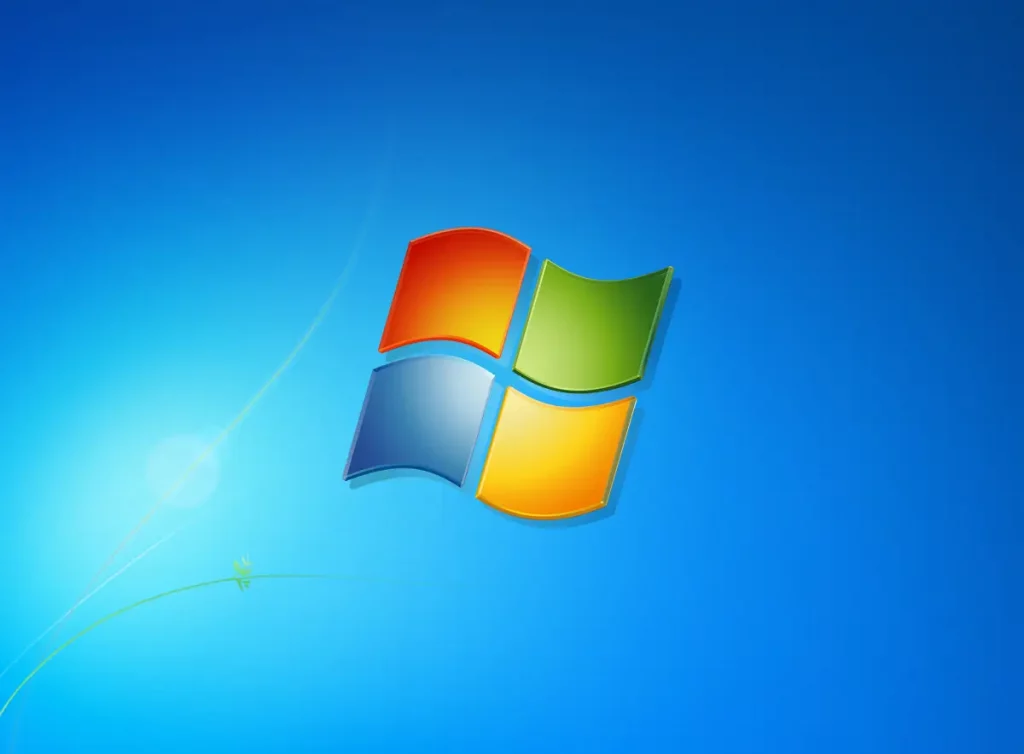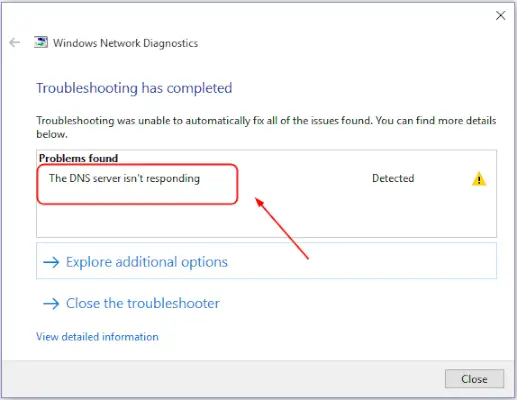When it comes to ensuring your Windows 10 system is running at its best, understanding and monitoring your System Performance Rating is crucial. However, with changes across different versions of Windows, many users are left wondering: Where exactly can you find the System Performance Rating in Windows 10? This guide will take you through the steps to locate it, understand what it means, and how you can use this information to optimize your PC’s performance.
Understanding the System Performance Rating in Windows 10
The System Performance Rating was first introduced in Windows Vista and carried through to Windows 7 and 8, under the name Windows Experience Index (WEI). It provided users with a straightforward assessment of their system’s hardware capabilities. While Windows 10 doesn’t display this information as prominently as previous versions, the underlying metrics are still available through various methods.
What is the Windows Experience Index?
The Windows Experience Index (WEI) rates your computer’s hardware on several key performance metrics:
- Processor (CPU) performance
- Memory (RAM) speed
- Graphics performance
- Gaming graphics (3D gaming) capability
- Primary hard disk (storage) speed
Each category receives a score, and your PC’s overall rating is determined by the lowest subscore, reflecting the “bottleneck” in your system’s performance.
How to Access the System Performance Rating in Windows 10
Although Windows 10 doesn’t feature the Windows Experience Index directly in the Control Panel as older versions did, you can still access it through a few different methods:
Using the Command Prompt
One of the easiest ways to access the System Performance Rating is through the Command Prompt:
- Press Win + R to open the Run dialog box.
- Type cmd and press Enter to open the Command Prompt.
- Type the following command: winsat formal and press Enter.
- The system will run a series of tests to assess your PC’s performance.
- Once the tests are complete, the results will be stored in an XML file located at C:\Windows\Performance\WinSAT\DataStore.
To view these results in a readable format, you can either open the XML file directly or use third-party software that reads and displays the scores.
Using PowerShell
Another method is to use PowerShell, which offers more detailed insights into your system’s performance:
- Press Win + X and select Windows PowerShell (Admin).
- In the PowerShell window, type the command: Get-WmiObject -Class Win32_WinSAT and press Enter.
- You will see a list of performance metrics, including the scores for CPU, Memory, Disk, and Graphics.
Third-Party Tools
If you prefer a more user-friendly interface, several third-party tools can retrieve and display the System Performance Rating from your Windows 10 system. Some popular options include:
- WEI Tool
- Winaero WEI Tool
- PerformanceTest by PassMark Software
Understanding the Results
Once you’ve accessed your System Performance Rating, it’s essential to understand what these numbers mean. Here’s a breakdown:
| Component | Score Range | Interpretation |
|---|---|---|
| Processor (CPU) | 1.0 – 9.9 | Higher scores indicate better multitasking and processing speed. |
| Memory (RAM) | 1.0 – 9.9 | Higher scores reflect faster data access and overall system responsiveness. |
| Graphics | 1.0 – 9.9 | Scores are based on desktop performance for Windows Aero. |
| Gaming Graphics | 1.0 – 9.9 | Scores assess 3D gaming and multimedia performance. |
| Primary Hard Disk | 1.0 – 9.9 | Higher scores indicate faster read/write speeds and better data throughput. |
Improving Your System Performance Rating
If you find that your System Performance Rating is lower than expected, there are several steps you can take to improve it:
Upgrade Your Hardware
- CPU: Consider upgrading to a more powerful processor if your CPU score is low. This will improve overall system speed and multitasking capabilities.
- RAM: Increasing your RAM can significantly boost your system’s ability to handle multiple tasks simultaneously.
- Graphics Card: If you’re into gaming or graphics-intensive work, investing in a better graphics card will enhance performance.
- Storage: Upgrading to an SSD (Solid State Drive) can dramatically improve your primary disk’s performance score, leading to faster boot times and quicker data access.
Optimize Your Software
- Update Drivers: Ensure that all your hardware drivers are up to date, as outdated drivers can negatively impact performance.
- Manage Startup Programs: Too many programs launching at startup can slow down your system. Disable unnecessary programs to improve boot times.
- Run Disk Cleanup: Regularly use the Disk Cleanup tool to remove temporary files and free up disk space.
- Defragment Your Hard Drive: Although SSDs don’t require defragmentation, traditional hard drives can benefit from periodic defragmentation to optimize file storage.
Common Performance Issues in Windows 10 and How to Resolve Them
Even with a decent System Performance Rating, you may still encounter performance issues. Here are some common problems and their solutions:
Slow Boot Times
If your Windows 10 PC is taking too long to start, try the following:
- Disable Startup Programs: Go to Task Manager and disable any unnecessary programs that run at startup.
- Enable Fast Startup: In the Control Panel, under Power Options, enable Fast Startup to reduce boot times.
- Check for Malware: Run a full system scan to ensure that malware isn’t slowing down your startup process.
Application Lag or Crashes
Experiencing lag or crashes when running applications? Try these fixes:
- Update Software: Make sure all applications are updated to the latest version.
- Adjust Visual Effects: Reduce the visual effects in Windows 10 for better performance. This can be done in the Performance Options menu.
- Increase Virtual Memory: Adjust the size of your paging file (virtual memory) to provide more resources for demanding applications.
Network Performance Issues
If your internet connection seems slower than usual, consider these steps:
- Check Your Network Drivers: Ensure that your network adapter drivers are up to date.
- Optimize Wi-Fi Settings: Place your router in a central location and ensure that it’s not obstructed by walls or other objects.
- Use a Wired Connection: For more stable and faster internet, connect your PC directly to the router using an Ethernet cable.
Advanced Optimization Tips
For those who want to go beyond the basics, here are some advanced tips to boost your Windows 10 system’s performance:
Overclocking Your CPU and GPU
Overclocking involves increasing the clock speed of your CPU or GPU to boost performance. However, this process should be done carefully as it can lead to overheating and potential hardware damage. Ensure you have adequate cooling and follow manufacturer guidelines.
Using Performance Monitoring Tools
Several tools are available that allow you to monitor your system’s performance in real-time. Tools like MSI Afterburner, CPU-Z, and GPU-Z provide detailed insights into how your hardware is performing under different loads.
Configuring Power Settings for Performance
Windows 10 allows you to adjust power settings to optimize performance:
- Go to Settings > System > Power & sleep.
- Select Additional power settings.
- Choose the High performance plan, which prioritizes performance over energy efficiency.
Conclusion
While Windows 10 doesn’t make the System Performance Rating as accessible as previous versions, it remains a valuable tool for assessing your PC’s capabilities. By understanding how to access and interpret these scores, you can take the necessary steps to optimize your system’s performance. Whether through hardware upgrades, software optimizations, or advanced techniques like overclocking, improving your Windows 10 experience is within your reach.
Frequently Asked Questions (FAQs)
Can I still access the Windows Experience Index in Windows 10?
Yes, while it’s not directly available in the Control Panel, you can access the underlying scores using Command Prompt, PowerShell, or third-party tools.
Is the Windows Experience Index still relevant?
Yes, the underlying metrics used by the Windows Experience Index are still relevant for assessing your system’s hardware performance. They can help identify potential bottlenecks in your system.
What is the best way to improve a low System Performance Rating?
The best way to improve a low System Performance Rating is by upgrading your hardware, such as adding more RAM, upgrading to an SSD, or installing a better graphics card.
Are there risks associated with overclocking my CPU or GPU?
Yes, overclocking can lead to overheating and potential hardware damage if not done correctly. It’s essential to ensure proper cooling and follow guidelines to avoid these risks.




